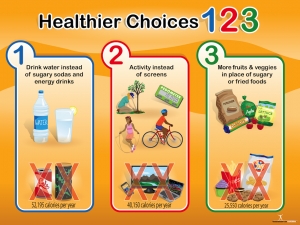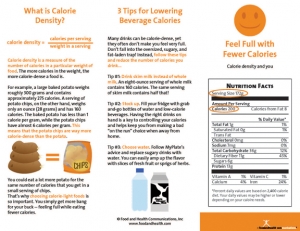A school nurse recently bought our See Food Diet Poster. She says she is trying to get all the kids on a good schedule with eating right, sleeping, and learning after all the challenges of the COVID-19 pandemic.
In fact, she loves this poster so much that we made it into a banner for her – yes, all our posters are also available as banners!
The See Food poster features a beautiful fish swimming along in the sea. The fish is tempted by hook after hook baited with not-so-healthy food choices like soda, chili dogs, cake, and candy.
But if the fish takes its eyes off the junk food, it will find a treasure chest spilling over with healthier food choices.
The message? Don’t eat everything you see. Don’t get hooked!
Kids (and adults!) will love this colorful and fun poster. You can use it to generate discussions about:
- The food industry and how junk food and fast food are formulated to tempt your tastebuds.
- Mindful eating and how to pause instead of automatically taking the bait of unhealthy food.
- Planning ahead so you always have healthy foods handy.
- Using portion control so you can have occasional treats without overdoing it.
- Healthier options at restaurants and convenience stores, for those times when you find yourself hungry and away from home.
By Hollis Bass, MEd, RD, LD









